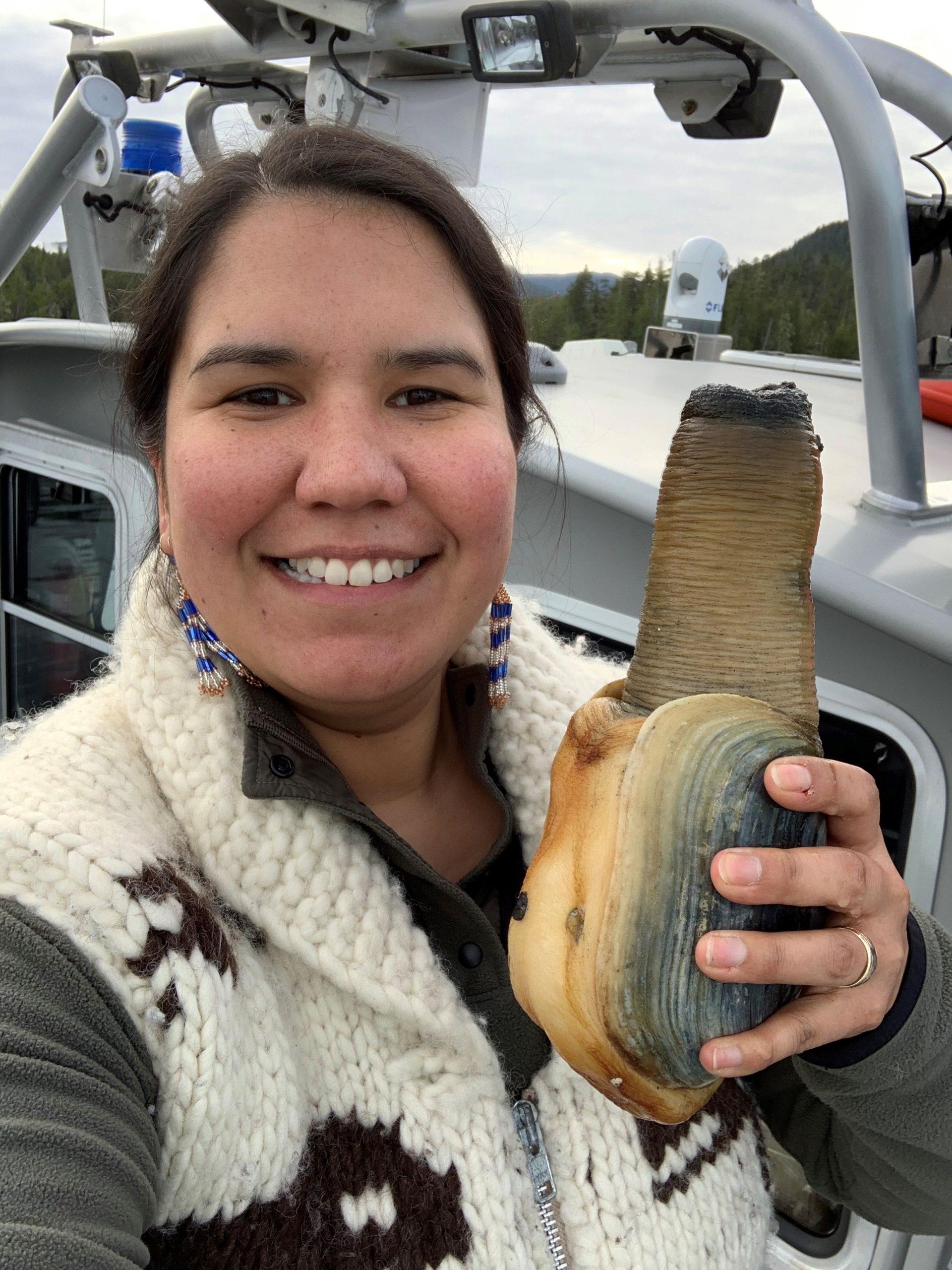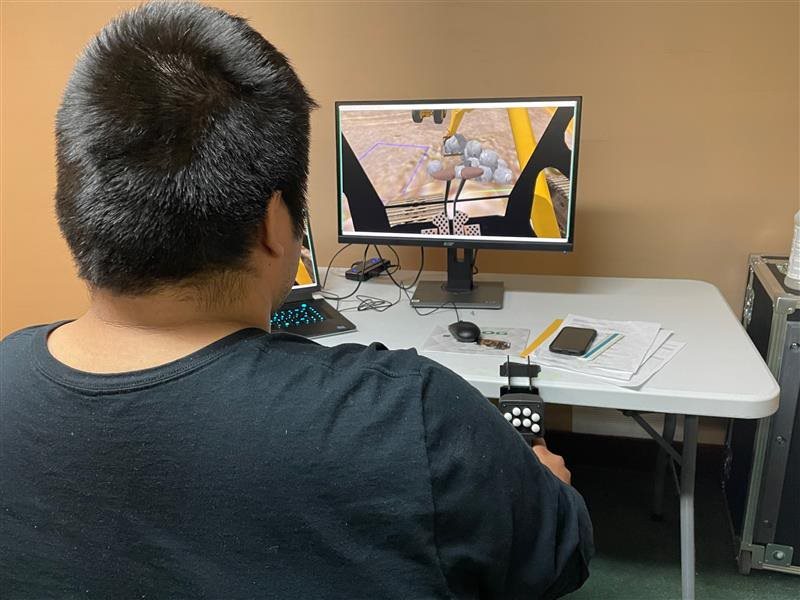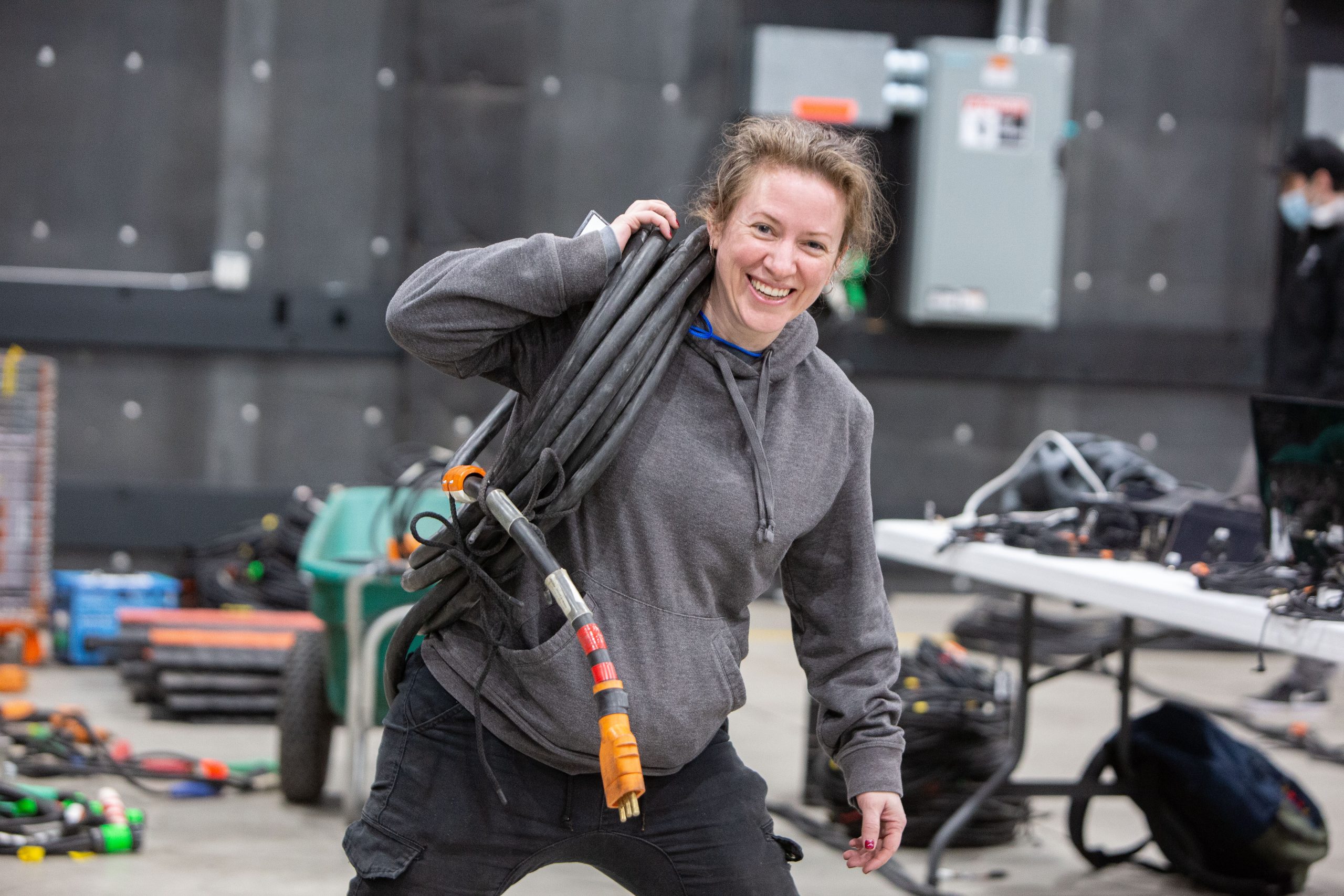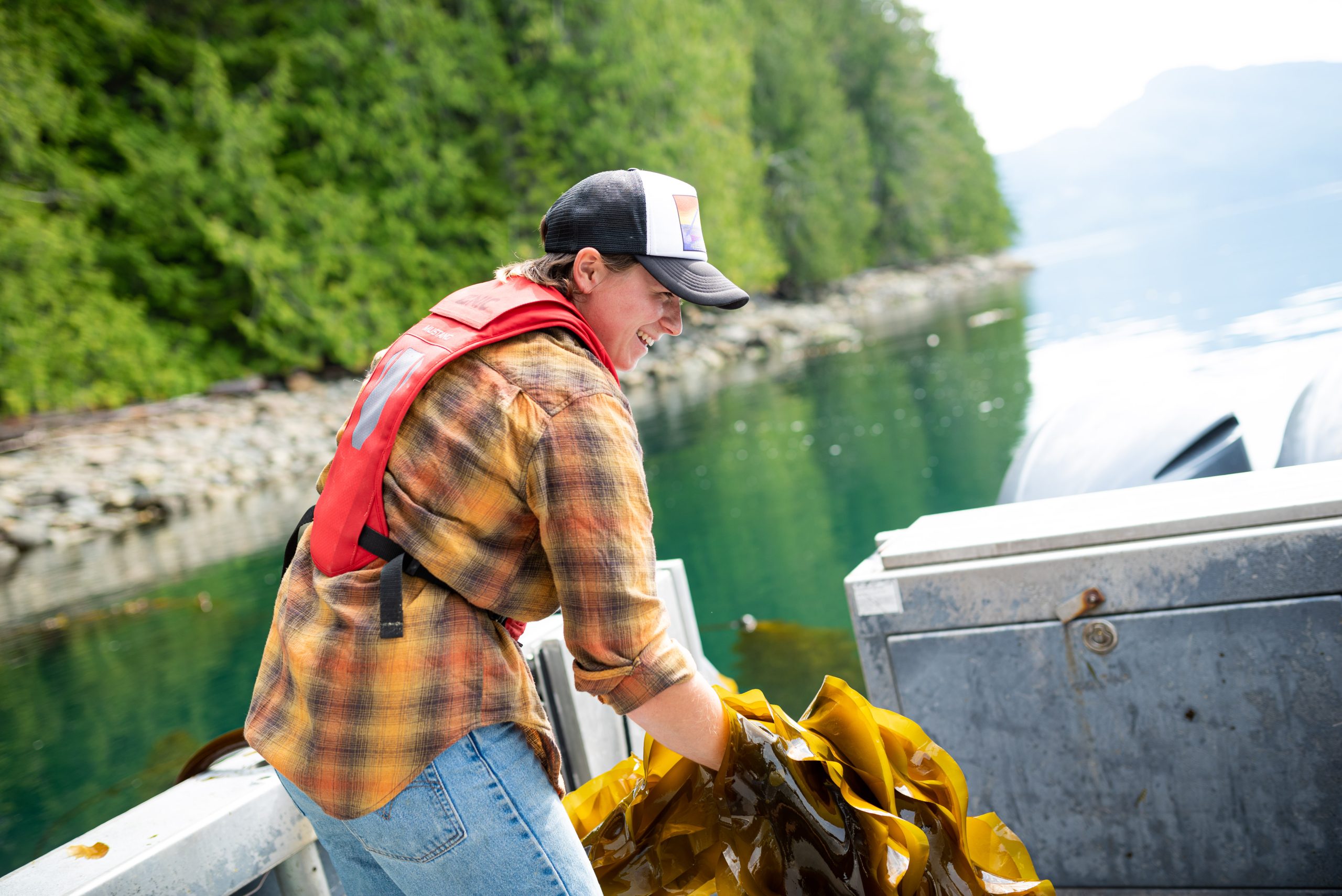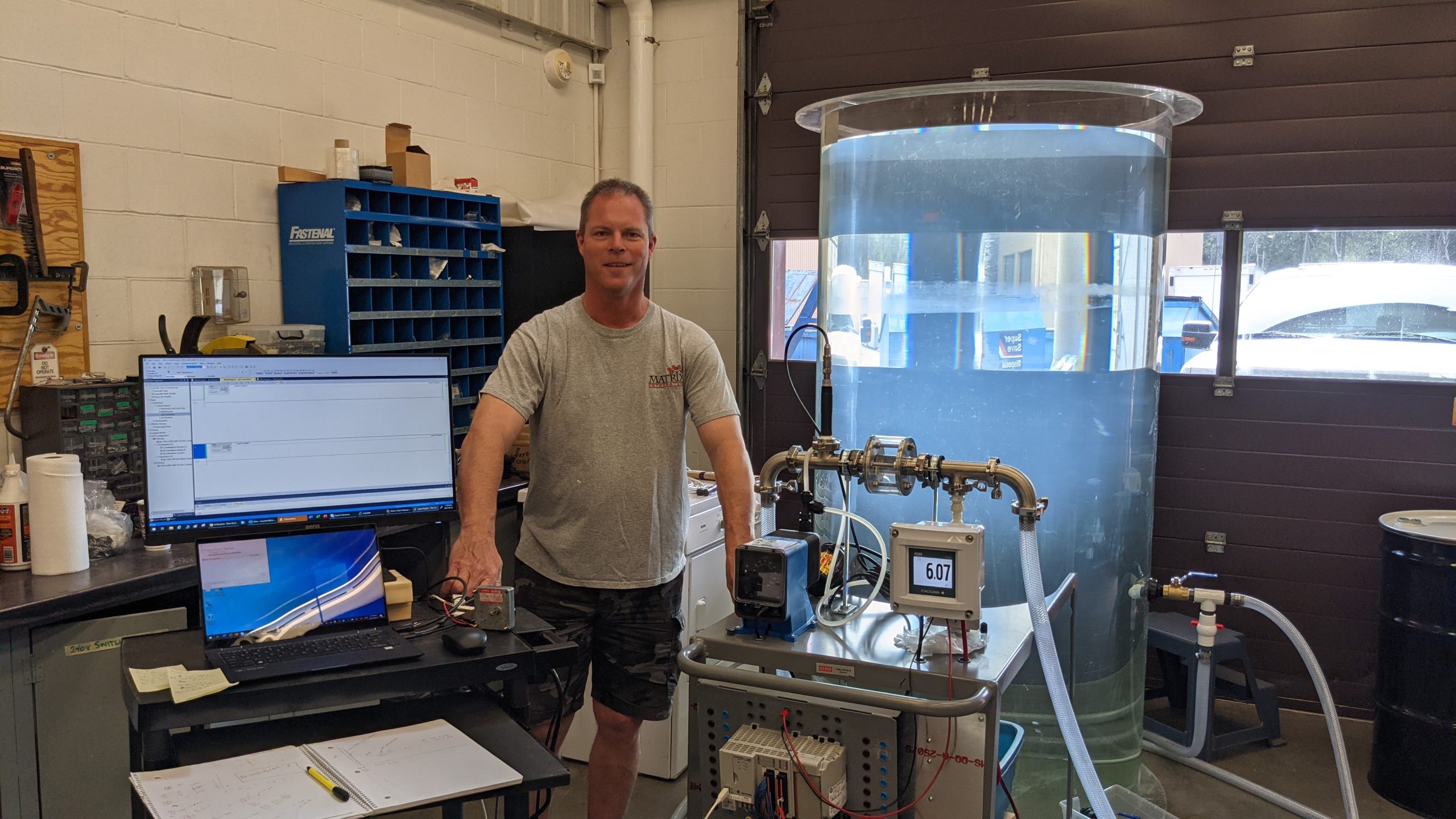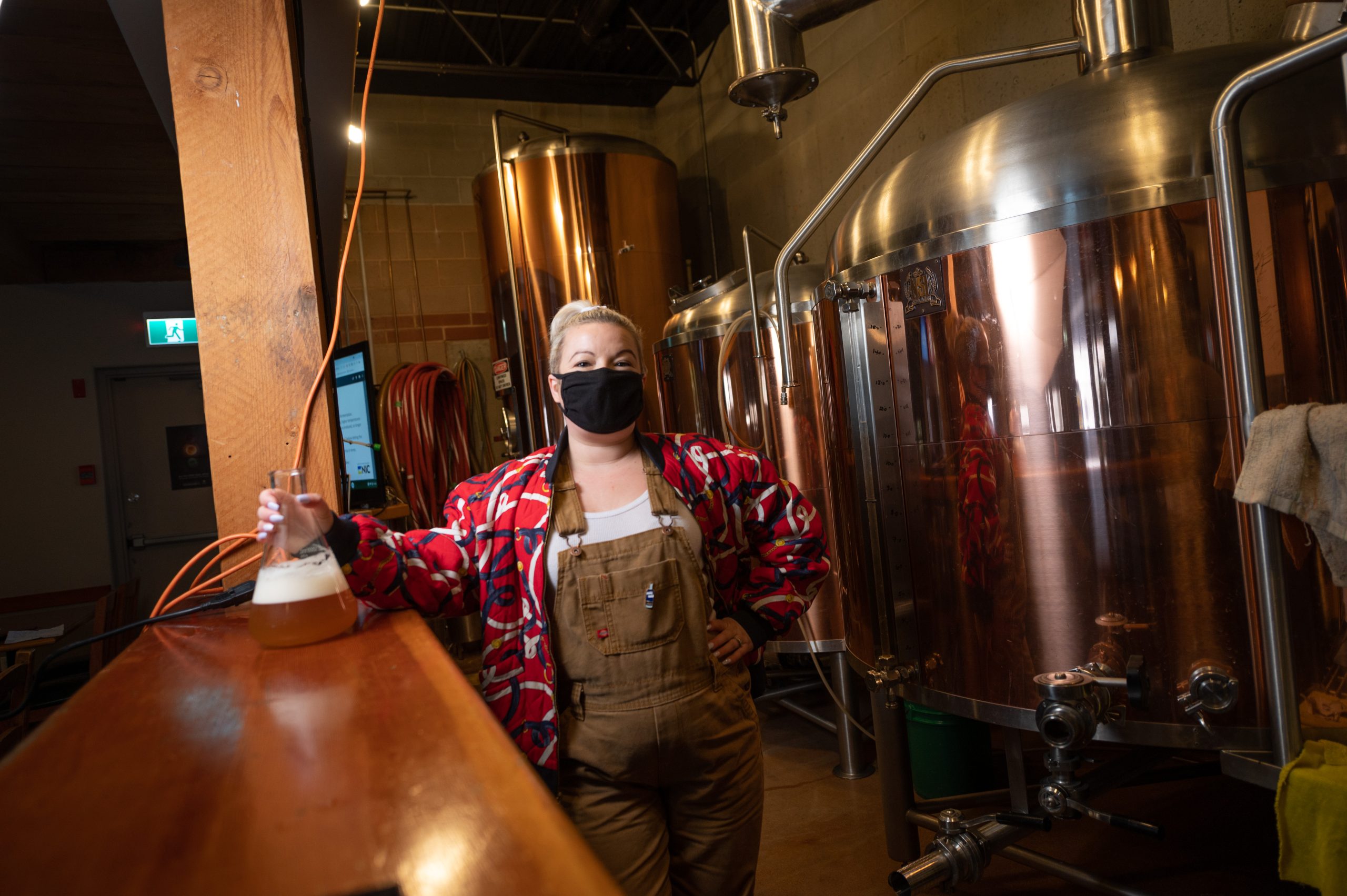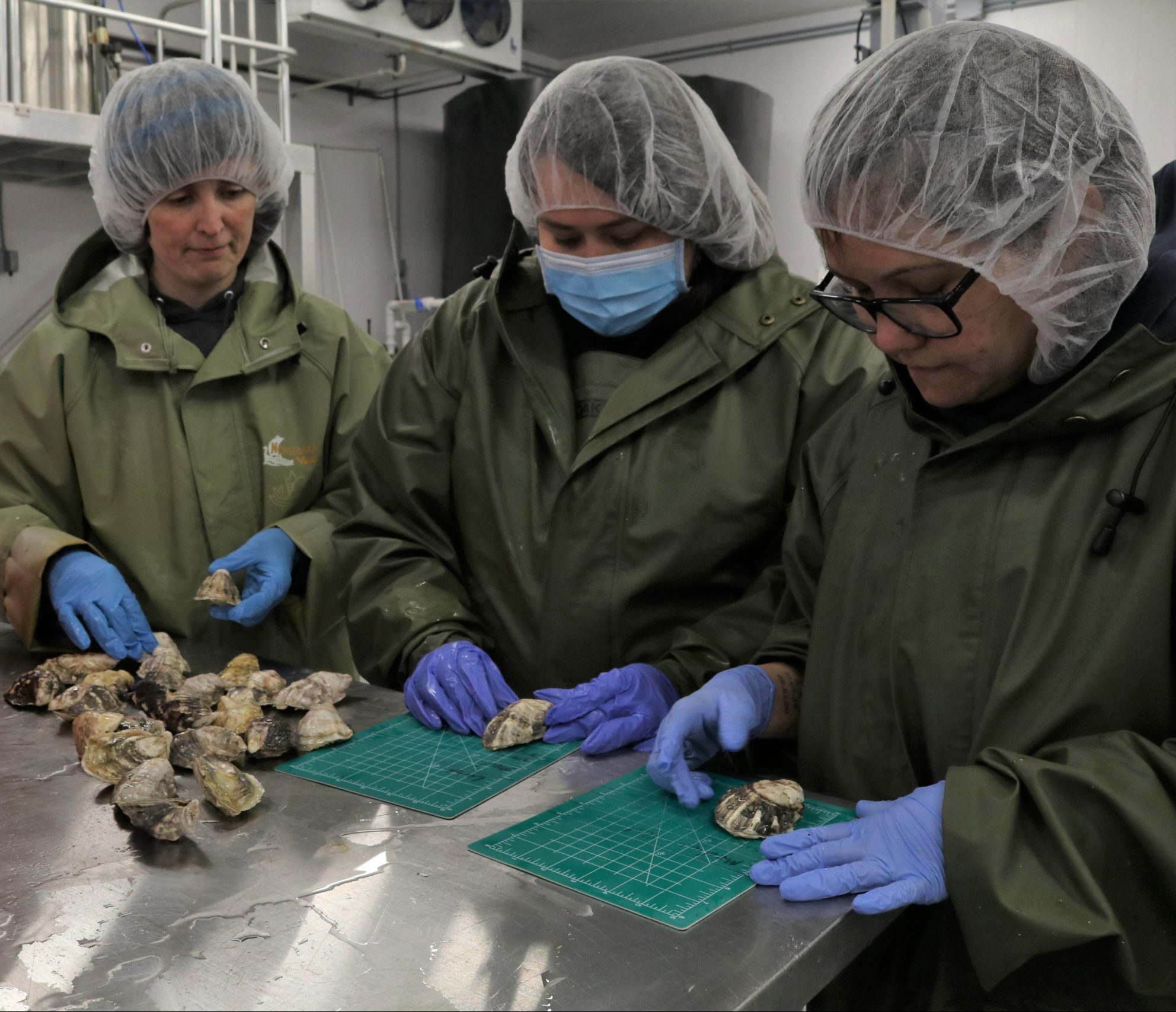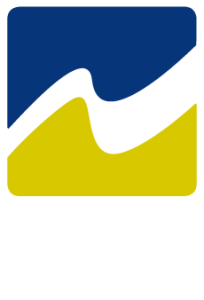THIS IS NIC

WHO WE ARE
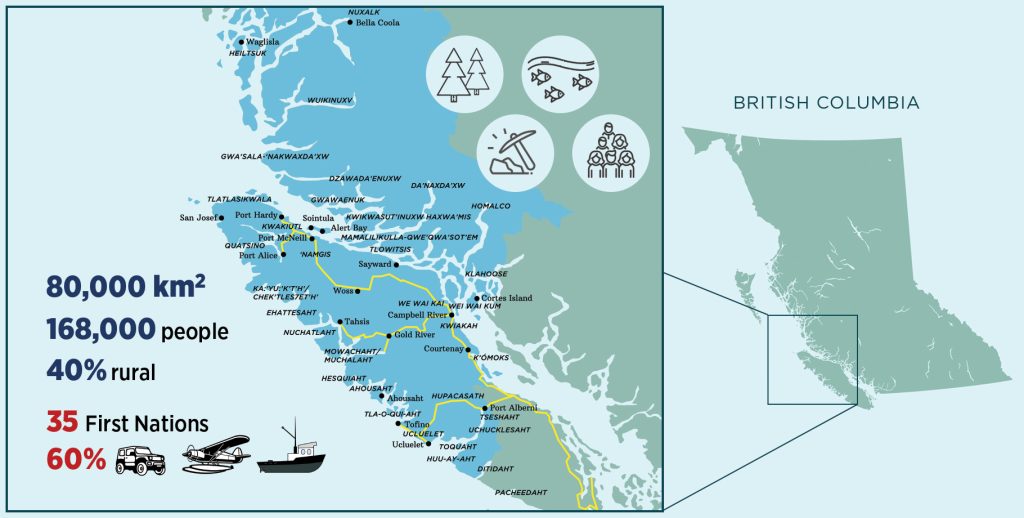
THE NIC STORY
North Island College was established in 1975 to bring education and training to people in every corner of the vast 80,000 square kilometre region we serve.
NIC was created to provide accessible education and training to an under-served and geographically dispersed population, whose central economies consist largely of forestry, fishing, mining and the service industries.
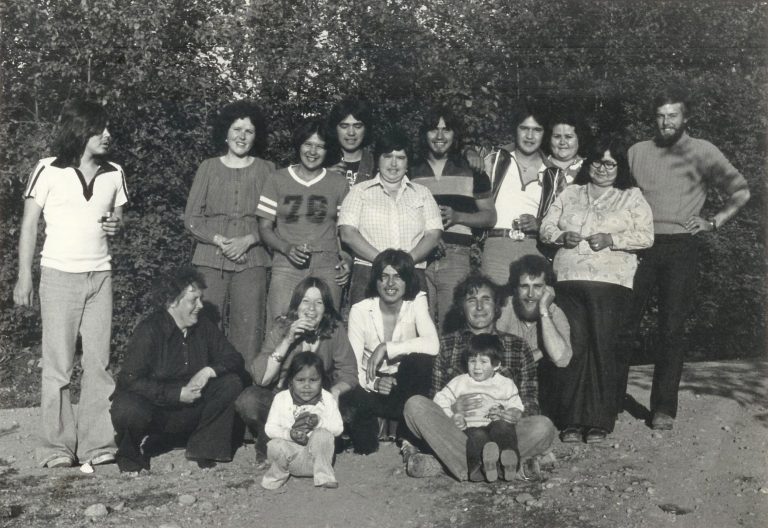
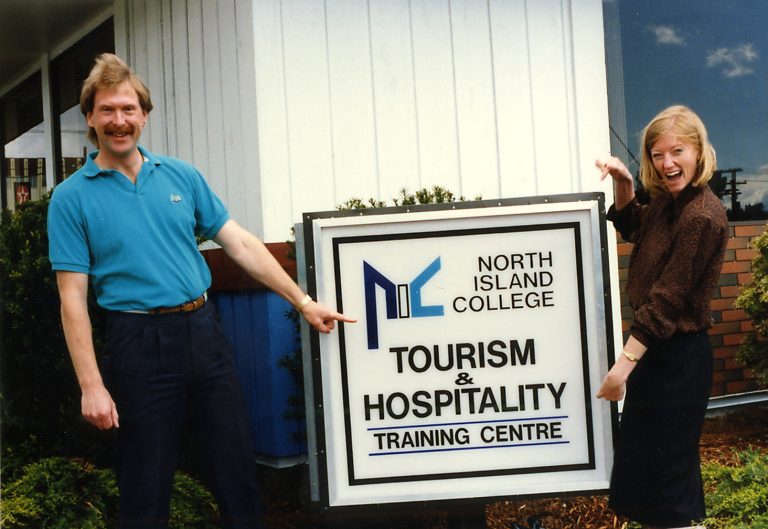
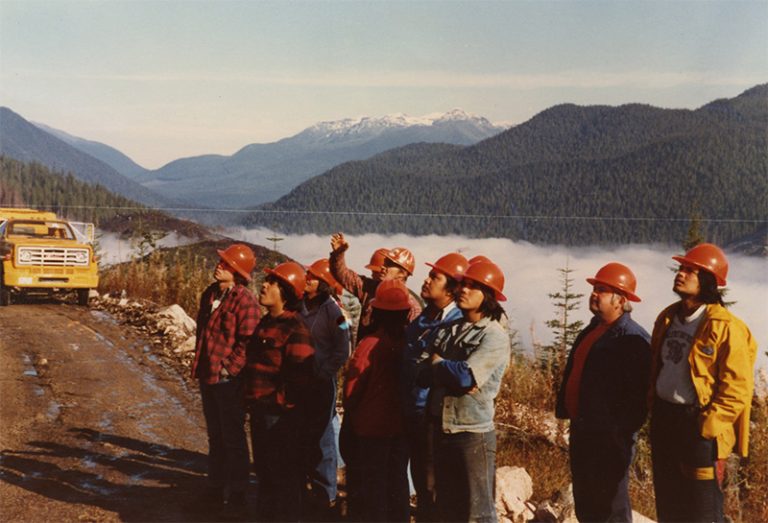
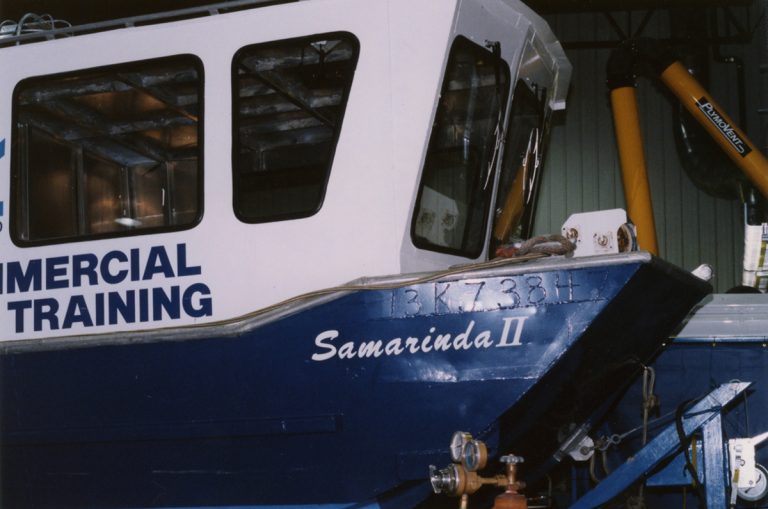
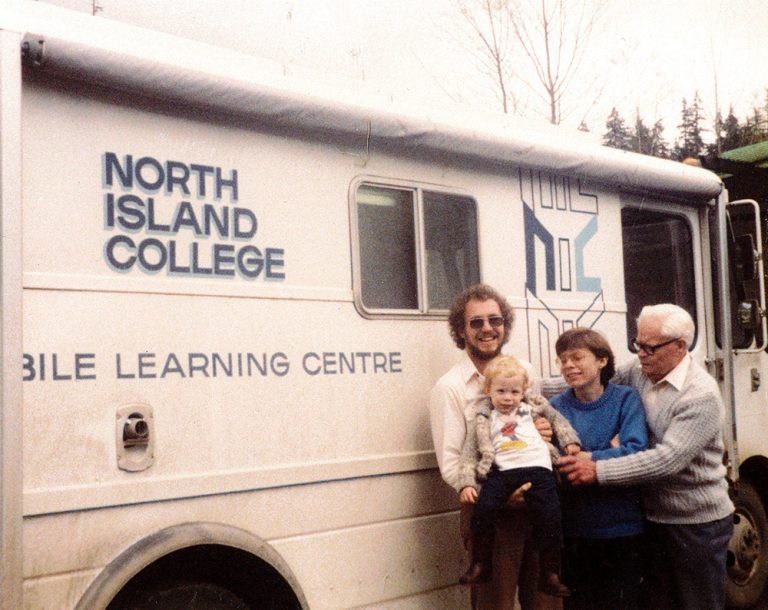
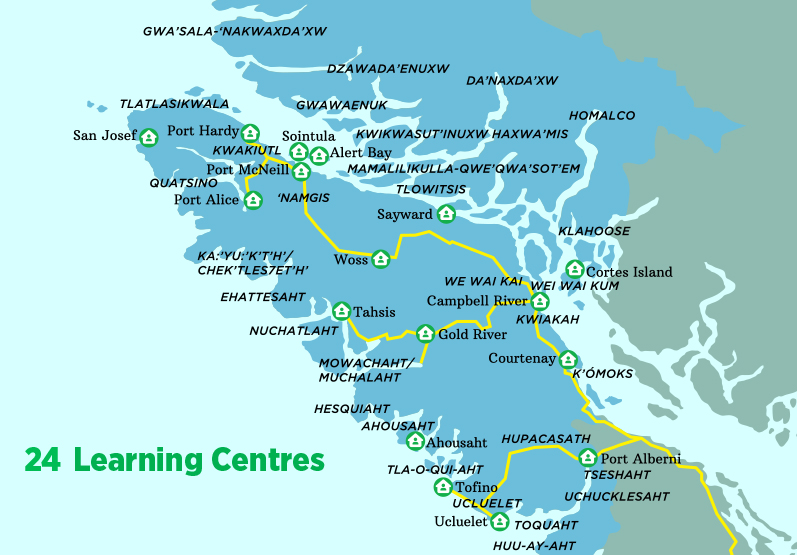
Programs were delivered and funded on a distance education model, with tutors visiting logging camps and remote coastal communities in school buses and a former whaling boat.
24 learning centres and modified camping trailers made into mobile training units were set up in communities across the region from Bamfield to Alert Bay and Bella Coola, to support student learning in community.
1990s
CONSOLIDATING TO SERVE
COMMUNITIES
Four new campus centres were built in Campbell River, the Comox Valley, Port Hardy, and Port Alberni to serve growing communities while campus-to-campus digital technologies sustained in-community program delivery and regional learning in Indigenous and rural and remote communities.
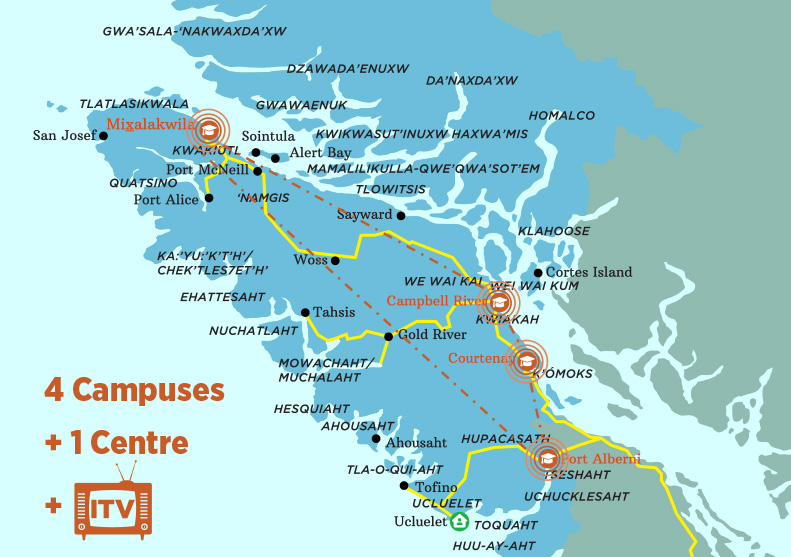
2000s
WORKING TOGETHER
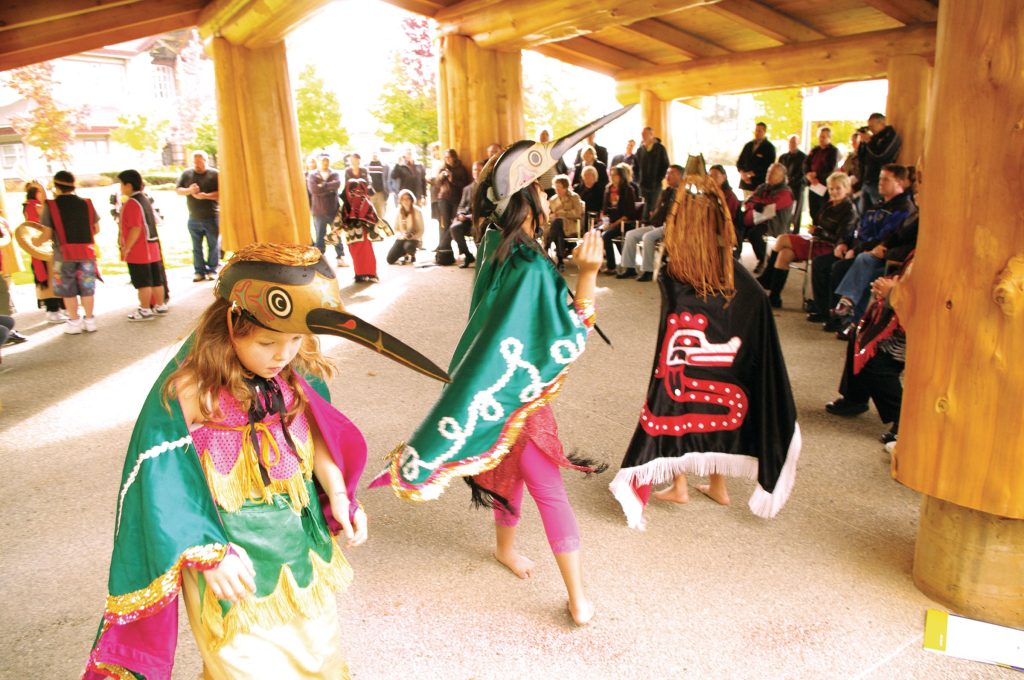
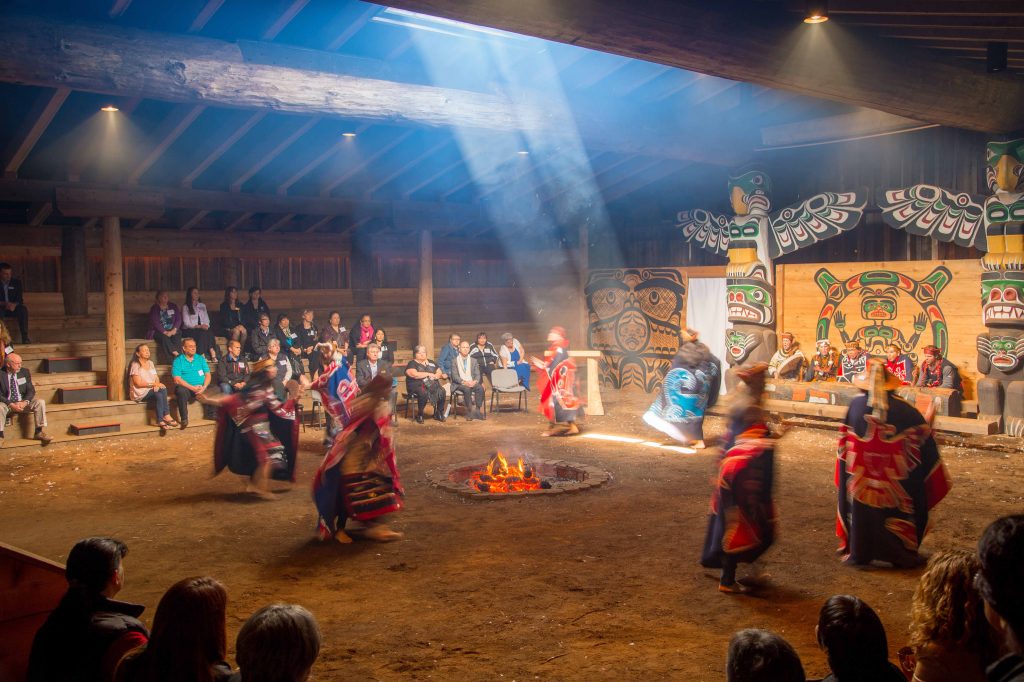
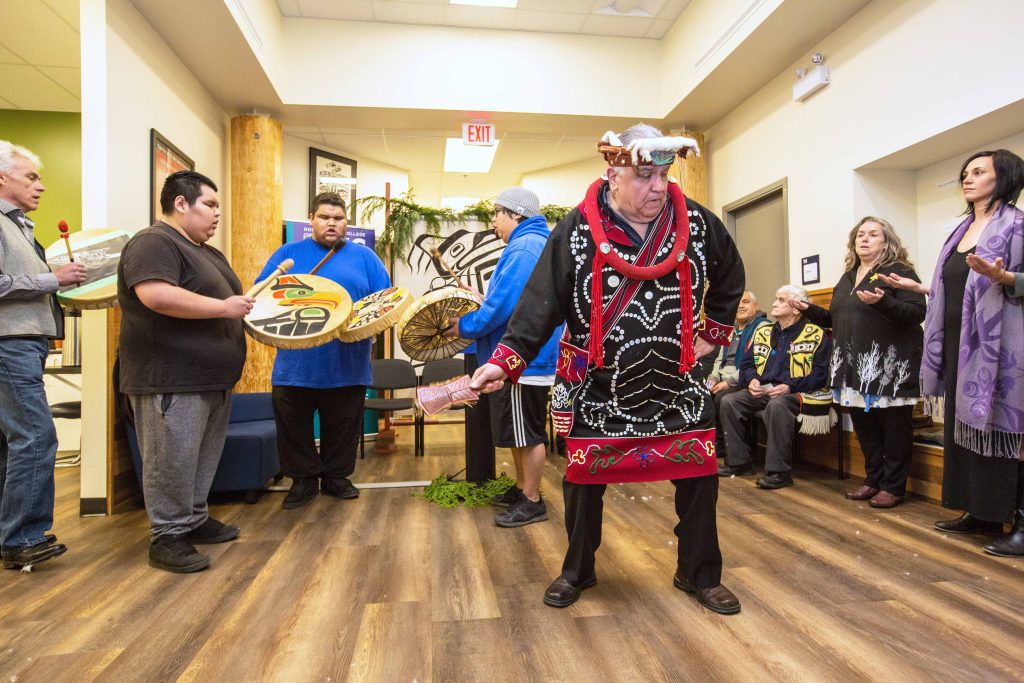
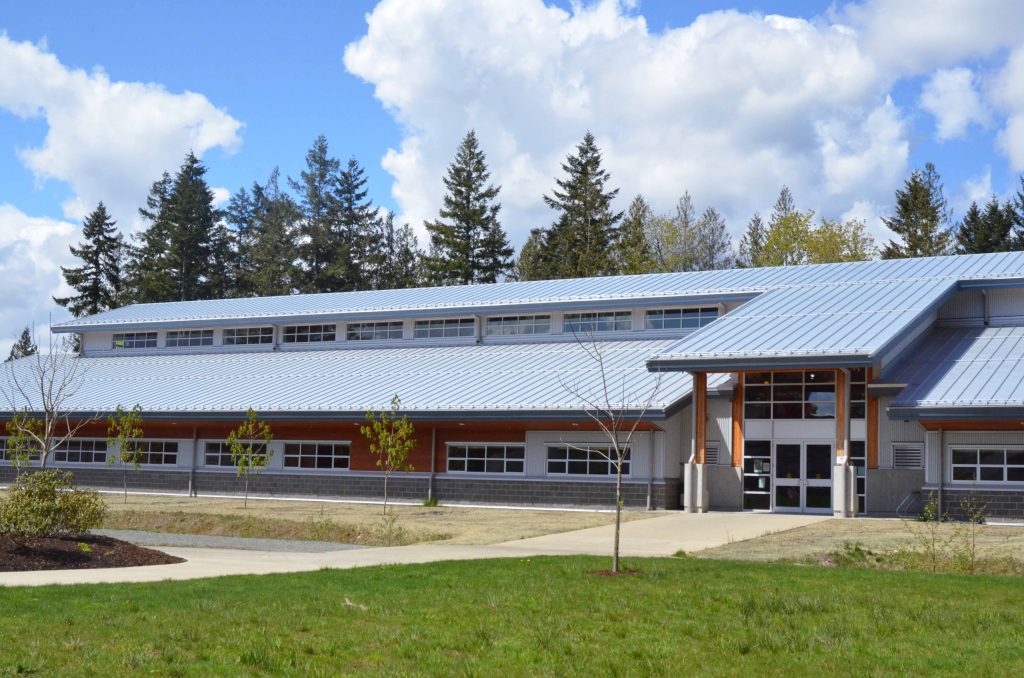

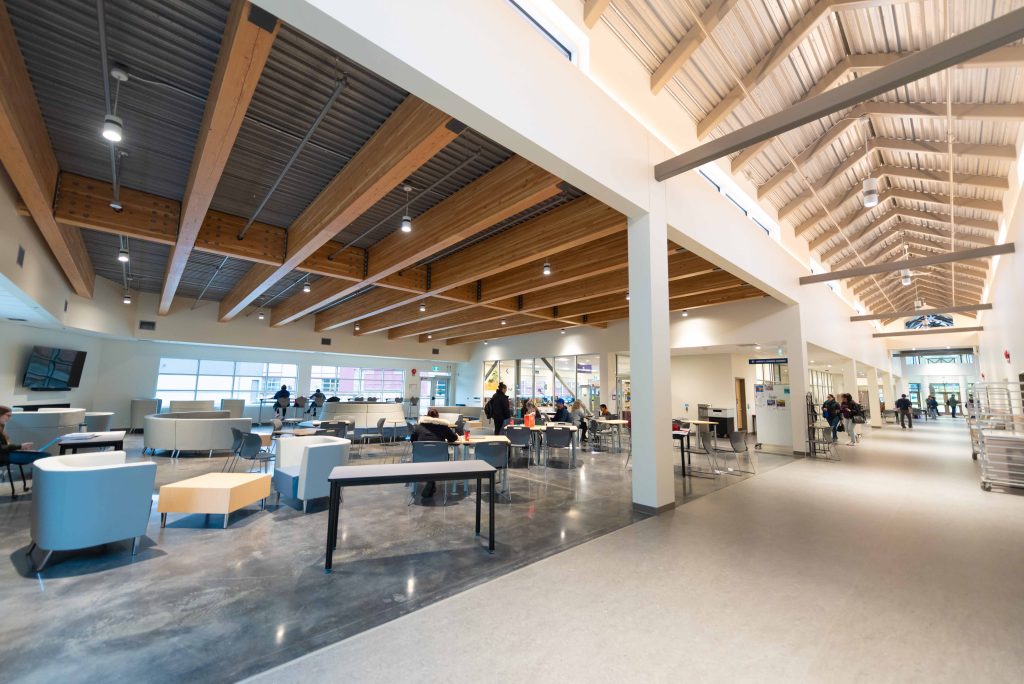
By the millennium, college enrolment was growing at four centralized campuses with the development of new university transfer and fine arts partnerships within the BC post-secondary sector as well as new applied business and nursing degrees. However, enrolment dropped in more remote communities, centres closed and specialized contract programs emerged.
NIC president Lou Dryden established NIC’s first regional advisory councils in consultation with 35 First Nations, allowing communities to identify their own programming priorities, from business to bookkeeping, aquaculture and early childhood care and education.
2020A PANDEMIC UNFOLDS
Changing Communities, Changing Student Need
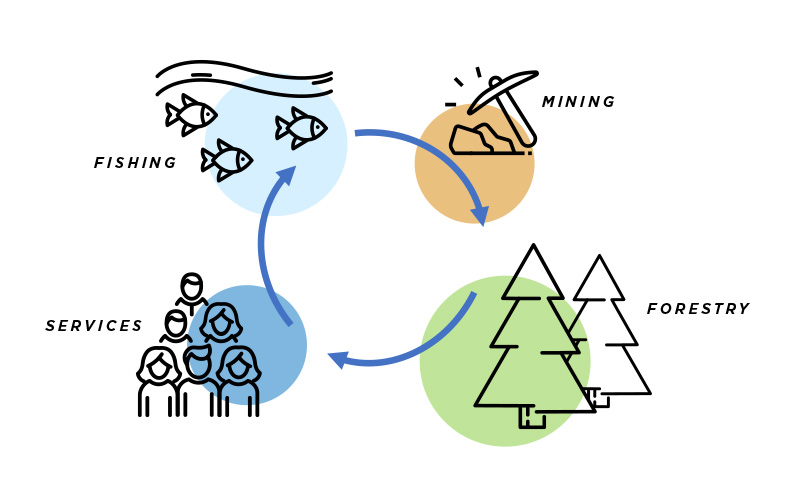
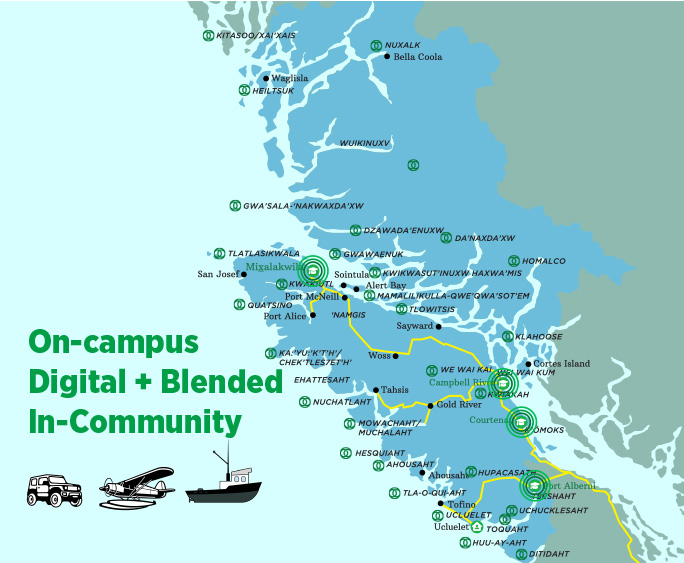
21% of NIC students are Indigenous and 63% are female.
The average student age is 30, with many NIC students retraining for second and third careers. These older students contribute to the part-time nature of NIC learners – 80% of our student base studies part time, in addition to the hours spent at work or with their families.
20% of NIC students have a documented disability – the second highest rate of students with documented disabilities of all post-secondary institutions in BC.
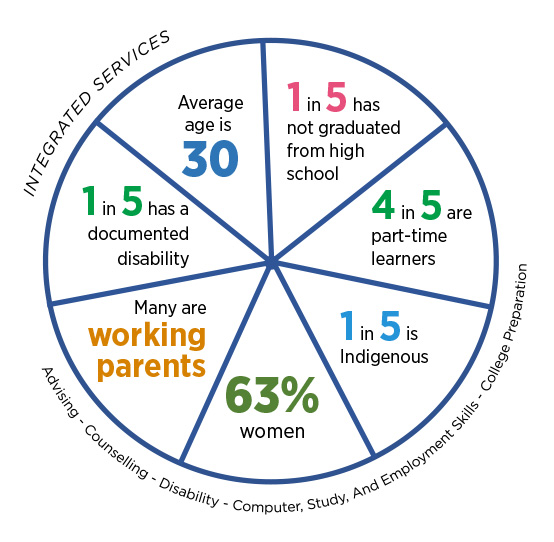
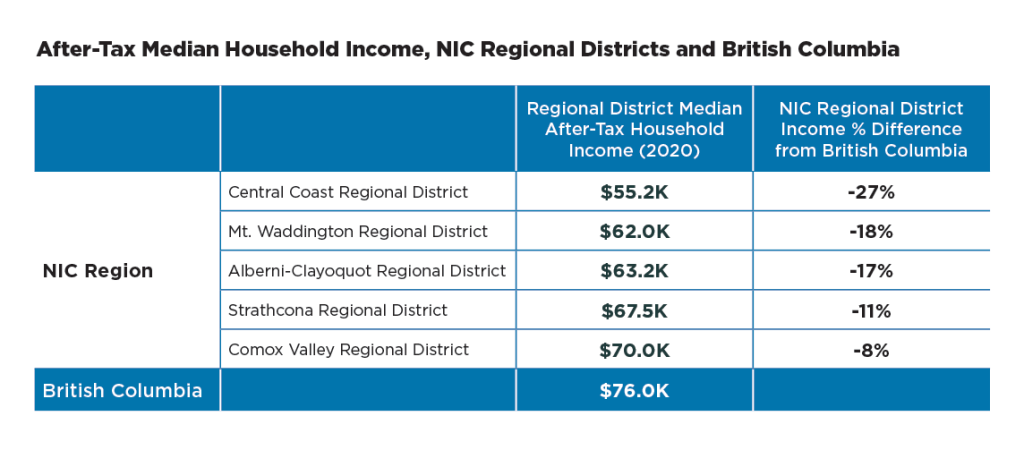
OUR RESPONSE
Communities are growing and becoming more resilient, through education and training.
They are asking us to be front and centre.
NEW MISSION
Working Together, NIC builds healthy and thriving communities, one student at a time
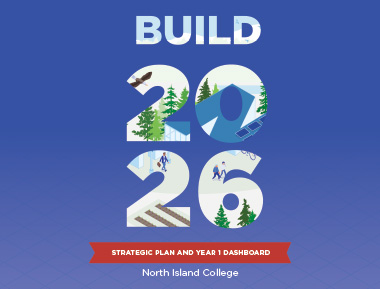
BUILD 2026
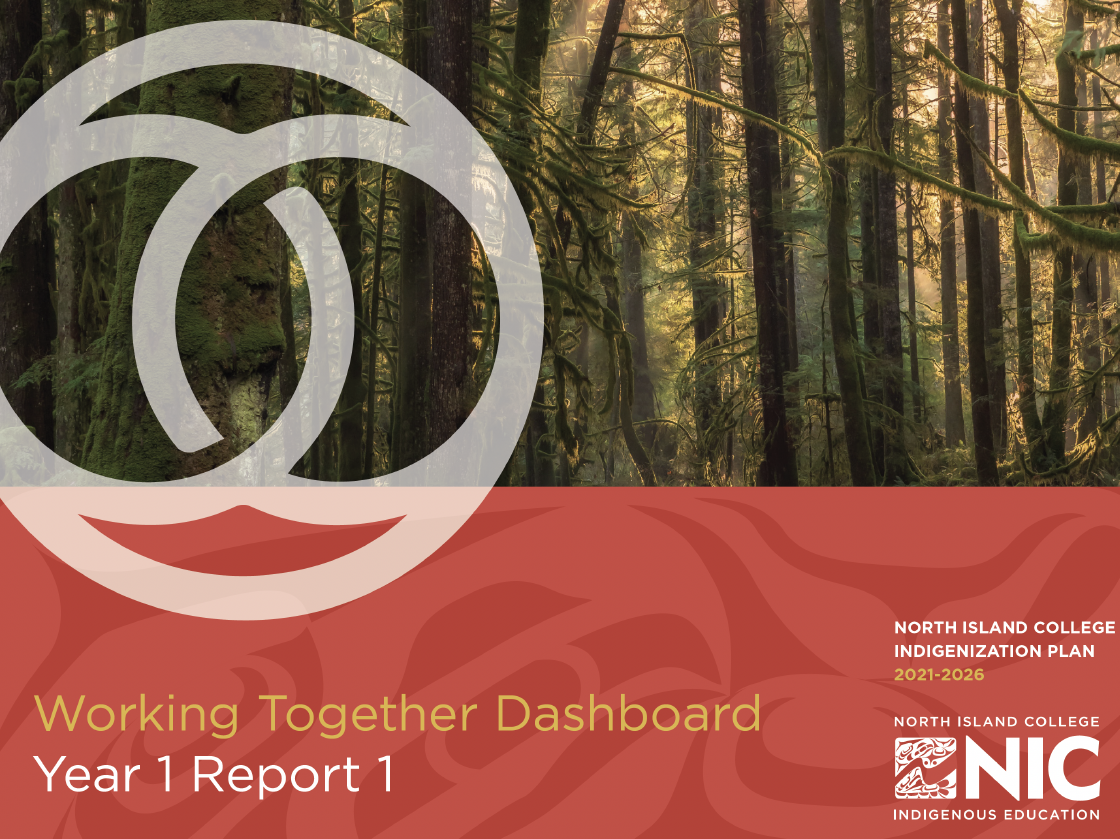
Working Together
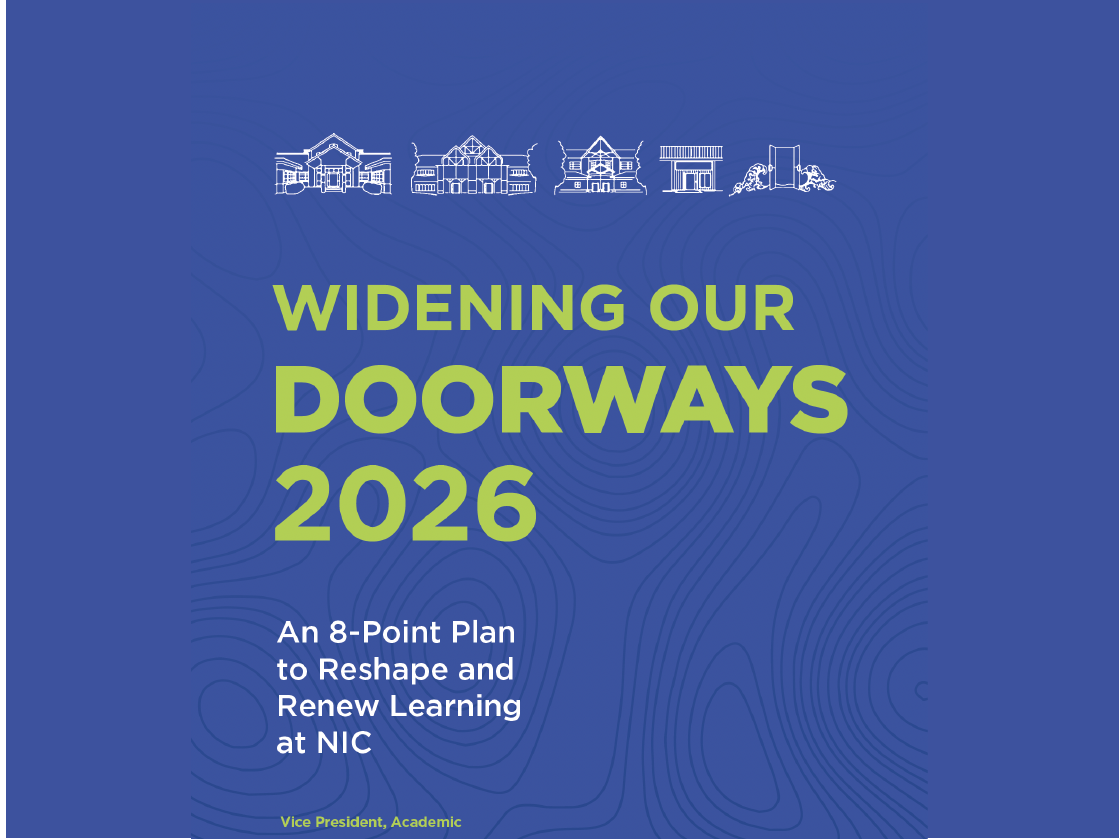
Widening Our Doorways
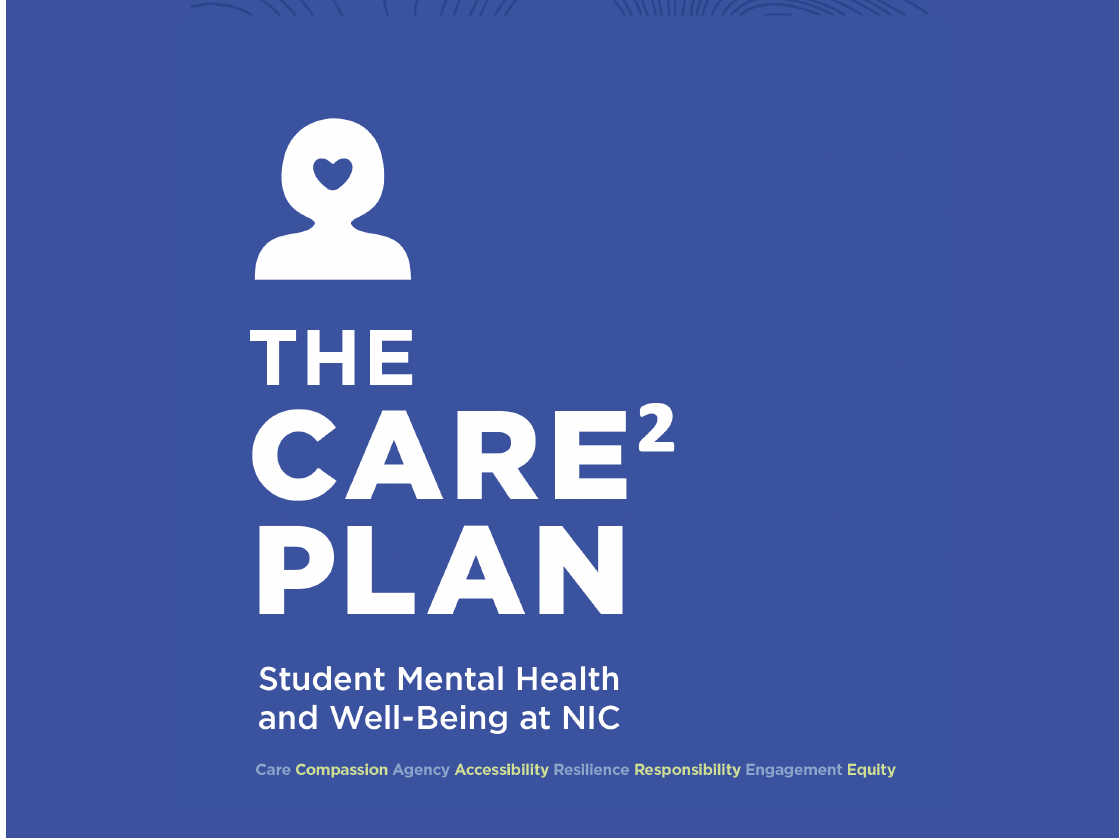
CARE2
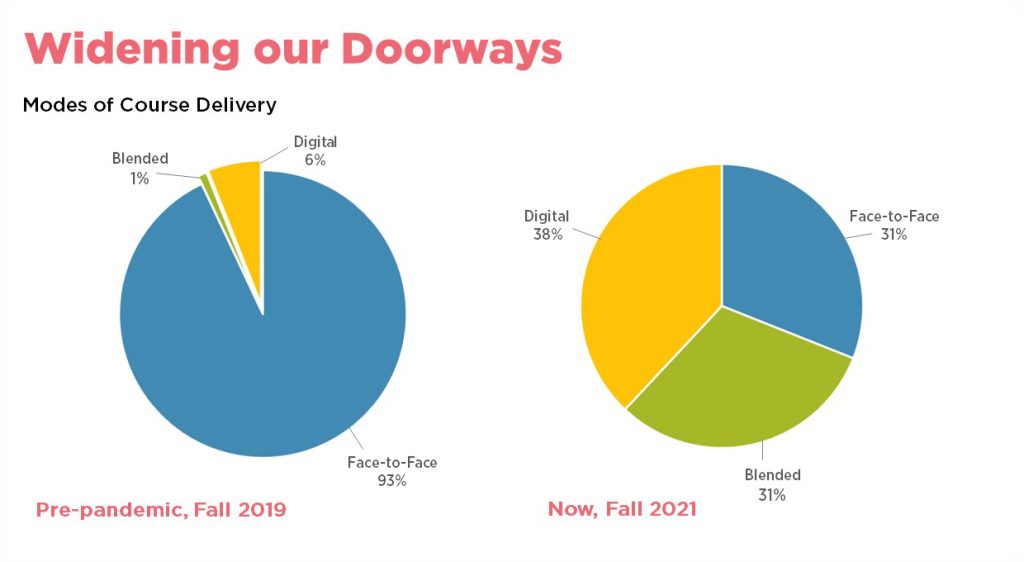
Delivery Method
The number of students studying digitally rose dramatically during the pandemic. Learning options are now split evenly between face-to-face, fully digital and blended (mix of digital and face-to-face) delivery.
Program Mix
45% of student FTEs were enrolled in trades, technology, design and industry training in 2021/22, with university transfer, business and tourism, health and human services and adult upgrading making up the remaining FTEs.
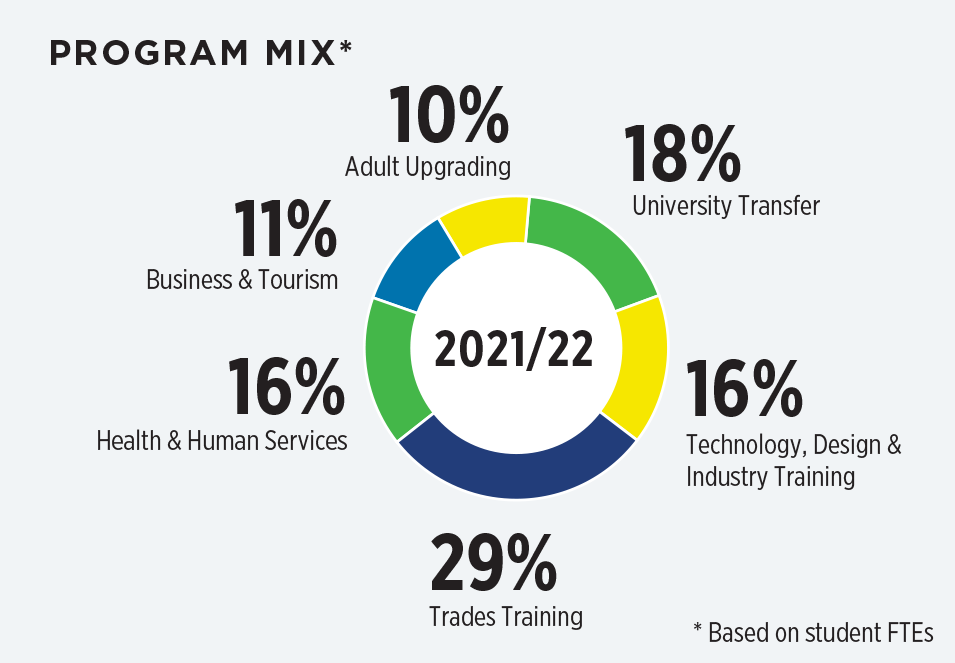

Pandemic Growth
More domestic students enrolled at NIC in 2021/22 than in 2019/20, the last pre-pandemic year. This 9% increase bucks North American trends.
One-time Funding
20% of NIC’s domestic student FTEs in 2021/22 are one-time funded, creating a precarious and unreliable funding model.
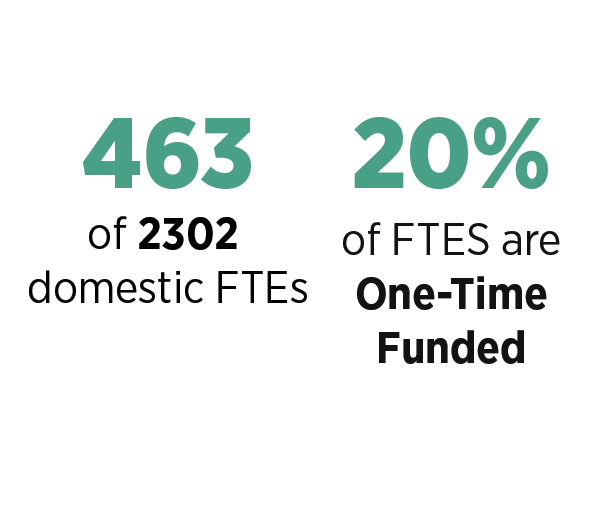
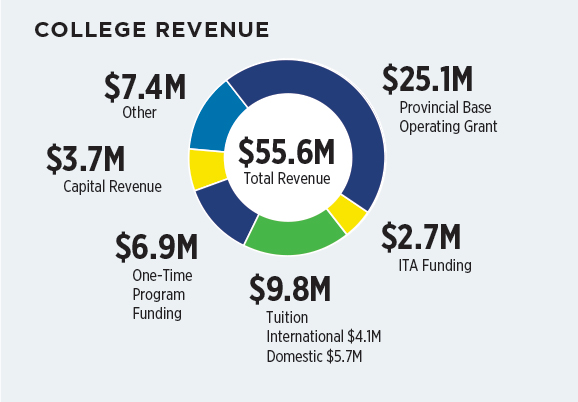
NIC Revenue
BC’s base operating grant and ITA funding make up nearly half of NIC’s revenue. Leaving student tuition, one-time funding and capital revenue and other sources to fund remaining programs and services.
NEW VISION
By 2026, NIC will deliver BC’s best individualized education and training experience
REDEFINING ACCESS TO EDUCATION
INDIGENOUS-LED
STUDENT-LED
COMMUNITY-LED
Meeting individual student and community needs
